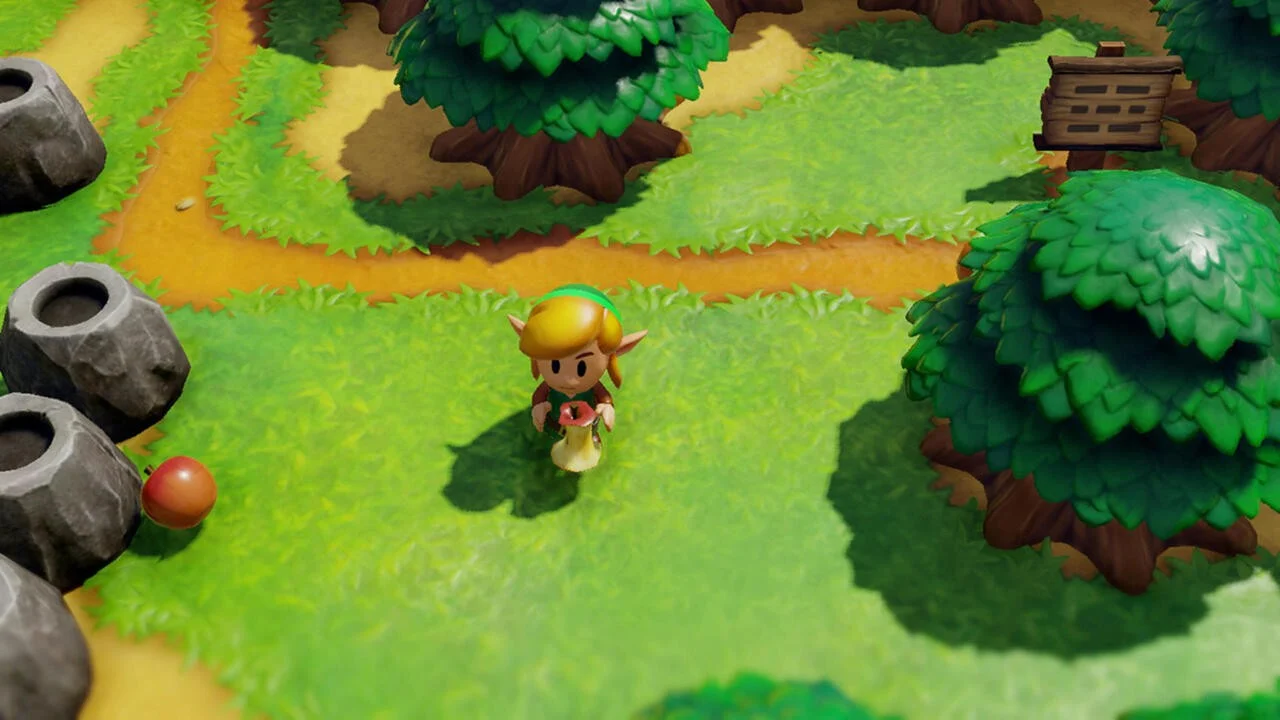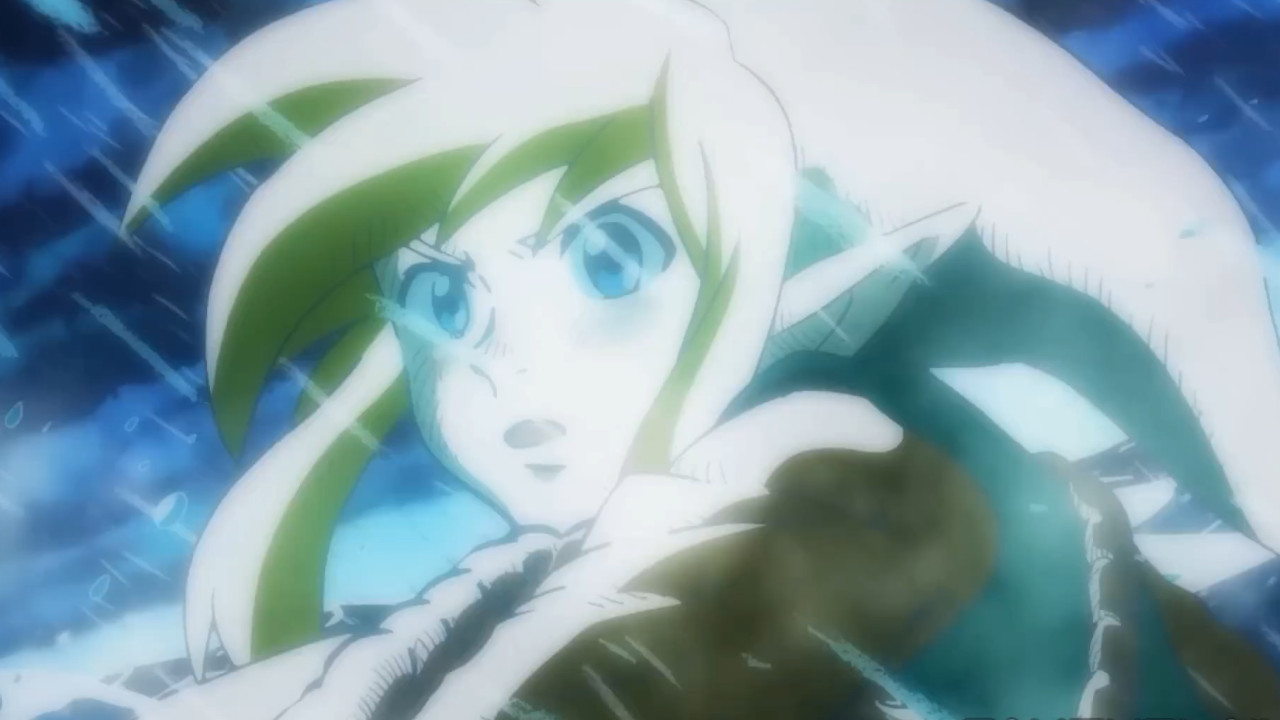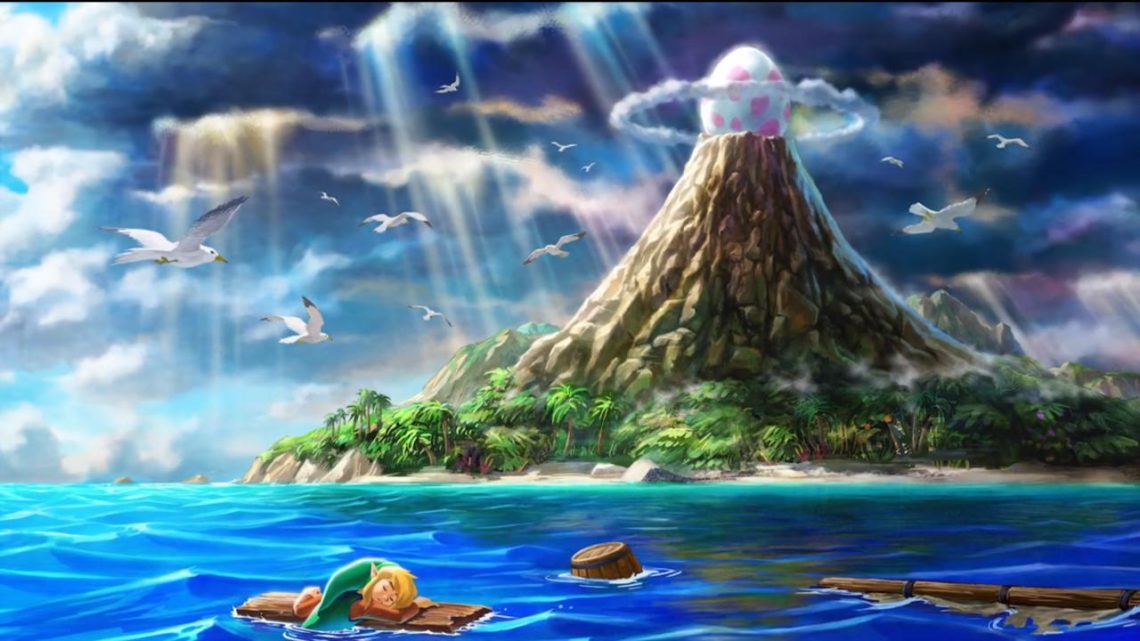The Legend of Zelda has become a video game industry titan that has sold millions of copies and led many individuals, families, and friendship groups to fall in love with video games. Zelda’s exploration, combat, and interesting lore are a big attraction to the series. One of the first games to build complex and engaging world-building and storytelling was Link’s Awakening. With Zelda: Echoes of Wisdom due to release next month, the title looks to have borrowed the art style from 2019’s Link’s Awakening remake. This article explores what made the core game of Link’s Awakening so amazing.
Released two years after the critically acclaimed and hotly anticipated The Legend of Zelda: A Link to the Past, the Game Boy Zelda iteration known as The Legend of Zelda: Link’s Awakening began life as an “afterwork” project by the programmer Kozuaki Morita. He wanted to find out whether the humble Game Boy was powerful enough to run a Legend of Zelda game. The story goes that before A Link to the Past had been released, Morita started working on the new Zelda with a Game Boy development kit. He slowly recruited artists and programmers to his side project, until eventually, Takashi Tezuki (director of A Link to the Past) became aware of the game’s existence and was won over by its charm. The team then decided to formally pitch the game to those at Nintendo who could green-light the project.
Of course, Link’s Awakening has been a huge success on multiple platforms since then. From the Game Boy to its Game Boy Color upgrade, to the 3DS eshop, and finally to the recent Switch remake. Its odd and dream-like characters and events have a unique charm. If you played the original release in 1993 as a kid, today you may be playing through the Switch remake with your children, or nephews and nieces.

Original Release
The Game Boy with its green monochrome display was of comparable power to an NES. However, in 1989/1990, around the time of its release (and when Link to the Past was on the verge of release) the system was unproven in terms of having native sprawling adventures. So no one knew if a Zelda game would work well on the Game Boy. After Morita’s Project with a Game Boy Development kit, Miyamoto agreed that a Game Boy Zelda should be developed. Tezuki and his team continued in earnest. Link’s Awakening borrowed many elements such as enemies, from the Mario series, and the vibe was less serious than with A Link to the Past. Despite this, the game eventually included 8 full dungeons and even more side quests than A Link to the Past, making it the favorite Zelda of many people. Its unique personality means that it remained a fan-favorite game even after the release of Zelda: Ocarina of Time on the N64. People still referenced its weird vibe and strange characters.
In 1998, the Game Boy Color was released and a full-color remaster of Zelda: Link’s Awakening was announced for the system. While the Game Boy Color still had no backlight to its screen, the new remaster would add color. The original was in black and white (or more accurately, green and white on the old Game Boy display), and the new version would feel more alive with this extra color (and a new dungeon that utilized this color feature for puzzles). With Pokemon Red and Blue on the verge of releasing internationally in 1998, the Game Boy would have a second bout of popularity, and Zelda: Link’s Awakening DX was a popular additional title for people who had just bought a Game Boy and were caught up in the phenomenon of the Pokemon craze (which involved the games, tv-show, and trading cards).

Remake
Over the years between 1998 and 2019 many new Zelda games were released, including the seminal Breath of the Wild in 2017 which smashed the top Zelda sales record (previously held by Ocarina of Time with nine million sales). Breath of the Wild sold 32 million copies as of March 2024. In 2012 Link’s Awakening DX was re-released on the Nintendo 3DS handheld. The game was exactly the same as the Game Boy Color version and it sold modestly. However, in February 2019, it was announced that Link’s Awakening would receive a HD remake for the Nintendo Switch. The game was revealed with a clip from the introduction cutscene showing Link being shipwrecked. It still looks top quality and looked to be the start of an epic adventure.
The remake is in high definition and uses a unique graphical style that makes Link and the non-player characters look like wind-up dolls. The game is almost tile for tile the same as the original, and this meant it has received some criticism, as not having evolved since 1993. However, the gameplay and story are timeless, and generally, the game has had a good critical reception. Link’s Awakening remake (2019) has sold 6.46 million copies as of March 2024. This is in comparison to the 14 million copies that the original and color remake have sold combined. Both those sales figures are exceedingly good considering sales over 1 million are generally considered a success.

The future for Link’s Awakening and Zelda
Overall, The Legend of Zelda: Link’s Awakening is a game that was created as a passion project by internal Nintendo developers. Even with its original release in 1993, it managed to differentiate itself from other titles, including other Zelda titles. This was done through its strange characters and charming game world. As a player you feel like you’re wandering through a dream as you play it, and the dungeons are challenging, engaging, and most of all they are fun. This sense of fun was maximized for the 2019 remake where many quality-of-life additions, such as multiple item slots, have updated the game to create a modern experience.
We now know that Zelda: Echoes of Wisdom will use the same graphical style as Zelda: Link’s Awakening and while Link’s Awakening isn’t a generic Zelda title, with the graphical tools of the remake and some breath of the wild style creativity, its easy to see how Nintendo’s developers could craft another unique, deep, and rich Zelda experience.









